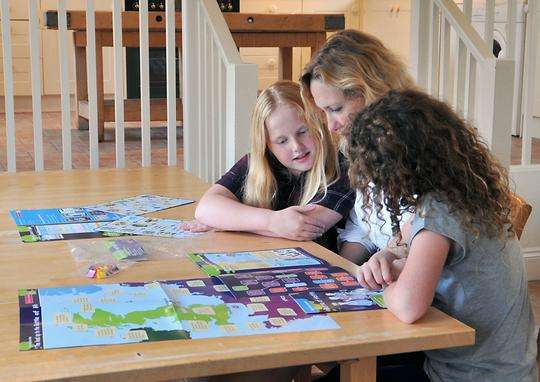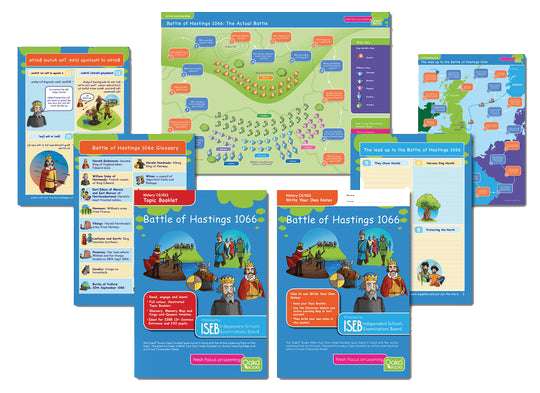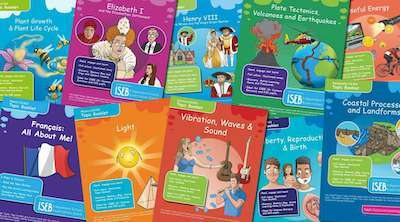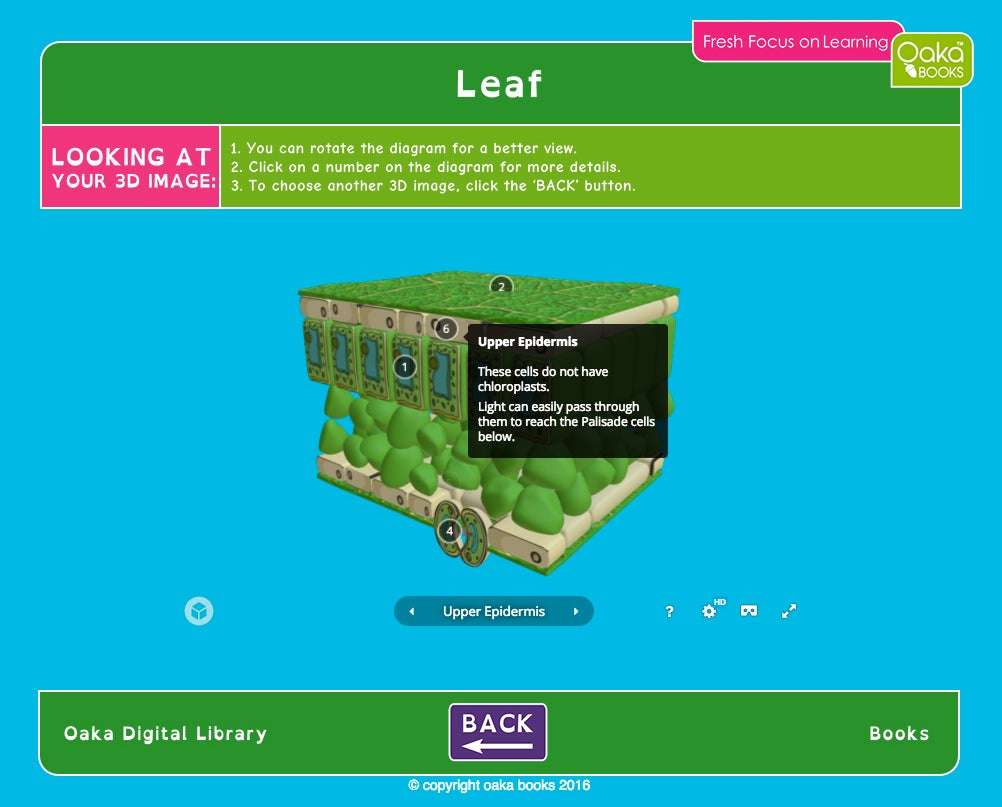Parents of visual learners know that art, drama, sports and other creative subjects, are not a separate part of the curriculum but an important part of how a lot of children learn and absorb information.
Visual learners like to “see” concepts in illustrations, exhibitions, displays and cartoons. Along with kinaesthetic learners, they learn well through demonstrations and action. A lot of subjects can seem dry to them, full of too much information to listen to or read. They like words on the page to be broken up with pictures; lively and colourful.
For lots of children creativity can’t be treated as if it were a different area of the curriculum. It is the way they best learn and express themselves. It is also in demand more than ever by businesses and industry. The future employees of these children pay to nurture the creativity and innovation in their staff. But is it being squeezed out of school?
Sir Ken Robinson advises governments and organisations on creativity and education. His TED talk Do Schools Kill Creativity? is the most popular TED talk ever given. It has been watched forty million times and is a humorous and insightful look at creativity and the school system.
In the speech Sir Ken gives many examples of children who were seen as underachievers at school, who did not fit into the traditional auditory and very repetitive style of teaching that still dominates education.
His talks, books and work with educators, sets out a new vision for schools. He emphasises different types of intelligence, rather than one very fixed idea of what it is to be “clever”. This is an issue that visual learners and their families run into a lot and it can be very frustrating for intelligent children to be seen as underachieving, just because their learning style is different.
Just this week, my own daughter received an online questionnaire from England Netball to help assess her learning style. It took just five minutes to complete and she will now arrive on her course with her coaches already understanding the best way to teach her. Happy pupil, happy coaches = win win. What a difference a 5 minute questionnaire would make to the lives of pupils and their teachers in schools. Food for thought I hope.





